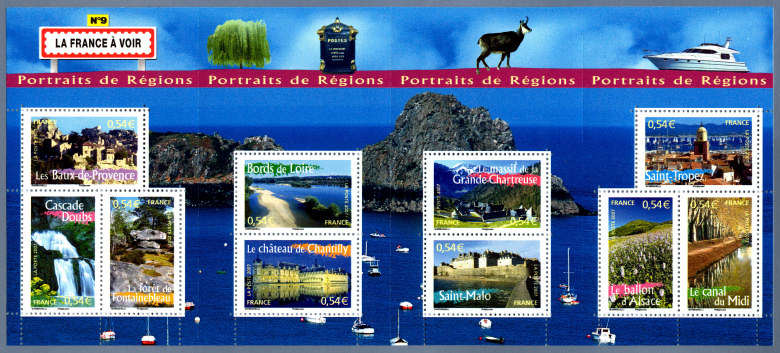The designs of Israeli stamps have always been a delight and those of the stamps on this cover are no exception. Here we have a 50-a stamp on which perches a Palestinian Sunbird. This stamp was issued on 16 Feb 1993. Next to this stamp are two Hebrew alphabet stamps, which are part of the set of 22 that was issued on 13 Feb 2001. I am not familiar with the Hebrew alphabet, so unfortunately, I cannot determine which letters these are and what sounds they make. Maybe someone can help?
The stamp on the very right is one of my favorites as it celebrates culture, cinema to be more exact. The design is again very beautiful and the description on the bottom indicates that it was issued to commemmorate Phiately Day. It is one of two in the set entitled "Cinema Theaters in Israel" and was issued 05 Dec 2007.
The postmark is difficult to discern as the stamps design are quite noisy, but noisy in a good way.



















